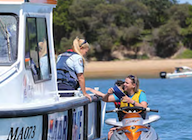Boat Registration Labels No Longer Required
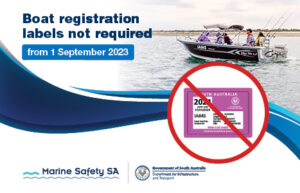
From 1 September 2023, boaters will no longer be troubled with replacing their faded or peeling registration labels each year.
The Department for Infrastructure and Transport has recently finalised an update to the Harbors and Navigation Regulations 2009 which means boat registration labels will no longer be required to be displayed on your boat.
You will still receive an invitation to renew your registration and a registration certificate (without the boat registration label) in the mail.
You can easily check if your boat is registered and renew your boat registration online.
For more information visit service.sa.gov.au
Former Sydney to Hobart Yacht Sinks Off Grange Jetty
Last month a 70 ft yacht, known as Hesal II, took on water before it sunk in the waters off Grange Jetty.
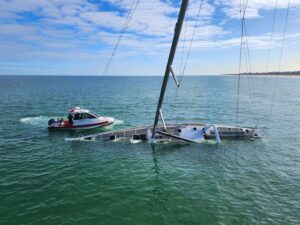
A Marine Safety SA boat helping secure Hesal II.
SAPOL and the Marine Safety SA team worked together to secure the yacht, which had competed in the Sydney to Hobart multiple times in the 1990s and 2000s.
SAPOL water rescue attached an isolated danger mark and temporary light to the sunken vessel to ensure it was visible to other vessels, while the Marine Safety SA team temporarily closed Grange Jetty and worked to secure the partially submerged yacht to prevent the mast from smashing into the jetty.
The yacht has since been salvaged by the owner using a combination of floats, airbags and pumps. It was then towed to North Haven before being safely moved to the Royal South Australian Yacht Squadron marina.
Safe Operation: Increased Flows in the River Murray
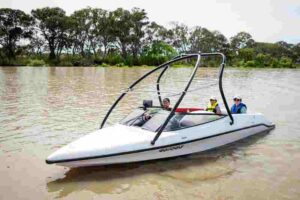
Flows in the River Murray have seen an increase over the past month following winter rains across eastern Australia. These flow rates are common for this time of year and can result in strong currents and debris or submerged hazards in the water.
If you’re heading out on the water, please take extra care, travel at a safe speed suited to the conditions and always check for hazards before operating a vessel.
Be aware that some hazards may still be just below the surface of the water or snagged.
Backwaters, lakes and other parts of the river away from the main channel are likely to be less affected by the high flows, providing a safer alternative for water activities.
If you are operating a vessel:
- Wear a lifejacket. Use the lifejacket checking tool to see which lifejacket you need for the type of vessel you are operating.
- All vessels must travel at a safe speed, allowing you enough time to stop or turn your vessel to avoid any sudden danger such as collision, injury to people or damage to things.
- Where a waterway has no speed limit, you must always travel at a safe speed.
Remember:
- 4 knots within 50 metres of swimmers and unpowered paddle craft such as canoes, kayaks or paddleboards.
- 4 knots within 30 metres of any other vessel that may be affected by your wash.
- 4 knots within 100 metres of a ferry crossing.
- Keep 100 metres clear directly behind people being towed by another boat.
- Reduce your speed around the riverbank.
Improving Safety with Coorong District Council
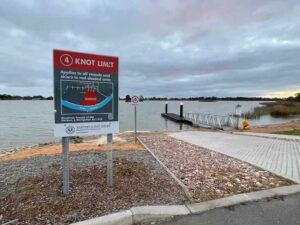
New 4-knot signage installed at Wellington boat ramp
New 4-knot signage has been installed at Wellington boat ramp. The signage reminds all users that they need to keep to the 4-knot speed limit in the red zone.
Thanks to Coorong District Council who installed the signage near the boat ramp.
Trip Preparation: Do you have your Flares on Board?
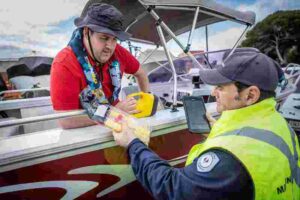
Marine Safety Officers continue to see boaters fail to carry flares on coastal waters or carry expired flares when heading out on the water.
Flares must be carried in boats operating in both semi-protected and unprotected waters.
Before heading out, all boaters should make sure they are carrying flares and that they are in-date.
Visit Marine Safety SA’s website for more information about the types of flares needed, when and how to use a flare and how to dispose of them.
Use the Marine Safety SA online safety equipment checker tool to confirm you are carrying all the safety equipment you need on board.
Know your Tides Before Heading Out
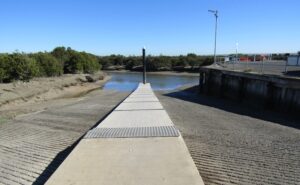
BOM have a great online tide tool that allows you to check the high and low tides for the location you plan to go boating. For some locations this is vital as you may not be able to launch or retrieve your boat if the tide is not high enough. Tides also impact where you can boat safely. If the tide is low, you are more at risk of your boat hitting the seabed.
Report Accidents or Incidents on the Water
Did you know, you are legally required to report any accidents or incidents involving your vessel that result in the loss of life, personal injury or property damage?
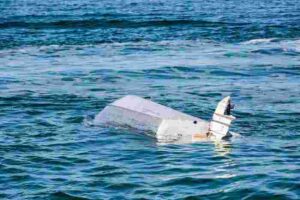
From 1st of September 2023, a report is not required where personal injury is minor and does not require medical attention or where property damage is less than $ 1000.
If you are a recreational boater, you can lodge a boating accident or incident form online. Reports need to be lodged within 48 hours of an incident. If you are a commercial vessel you need to lodge a form within 72 hours.
Please continue to report any marine safety concerns such as inappropriate behaviour on the water and hazards.
Stay Safe if your Boat Capsizes
Before heading out on the water make sure your boat is in seaworthy condition, you have all your safety gear on board and you have checked the marine weather conditions.
Even if you do the right things before heading out, there is always a chance of capsizing.
Marine Safety counterparts in Tasmania have some great tips to remind you what you need to do if this happens to you. Watch the video above to find out more.
To keep up to date with all marine industry news visit www.marinebusinessnews.com.au









